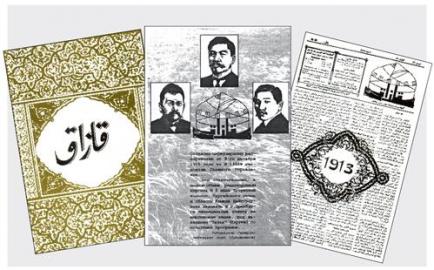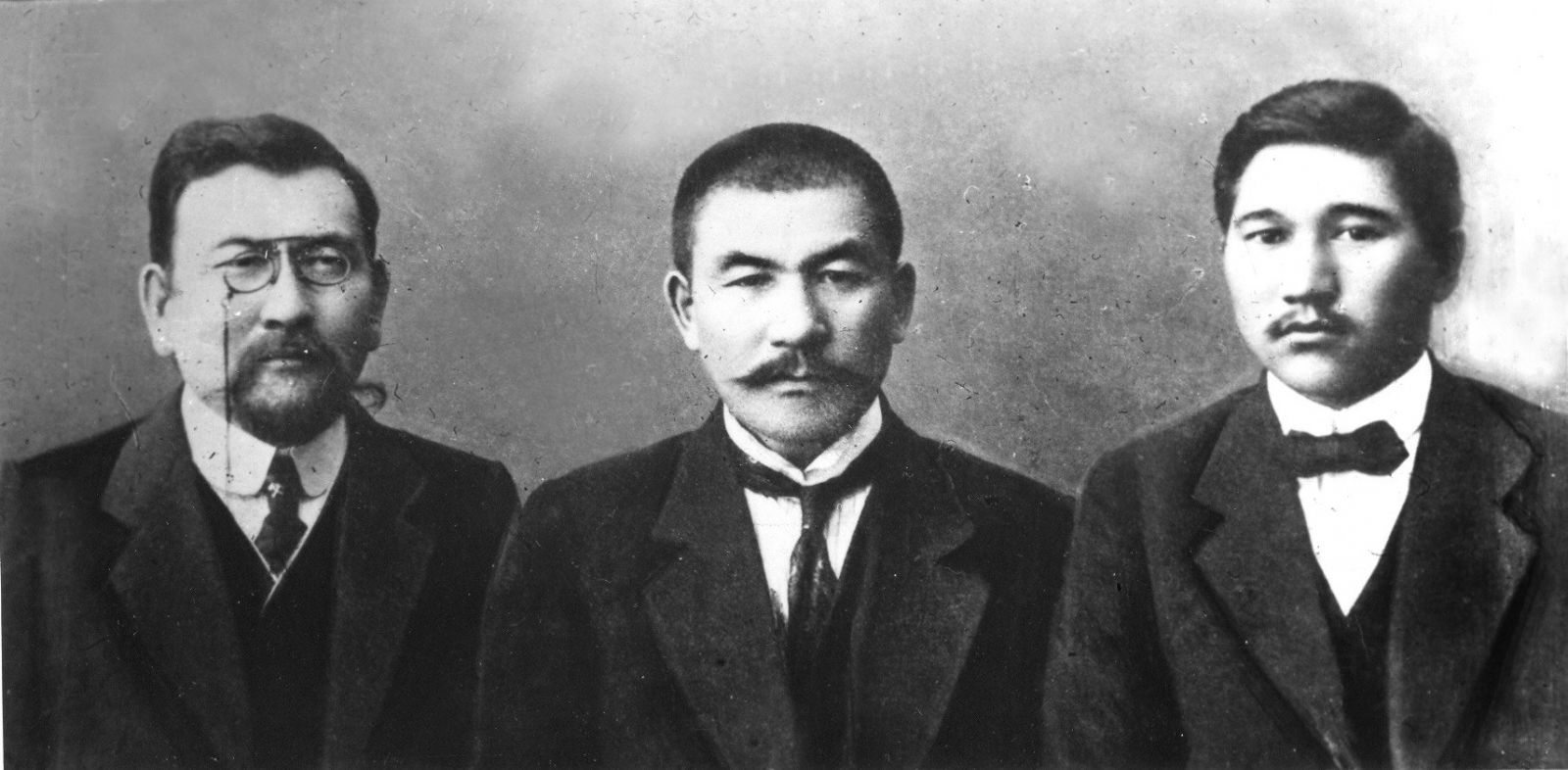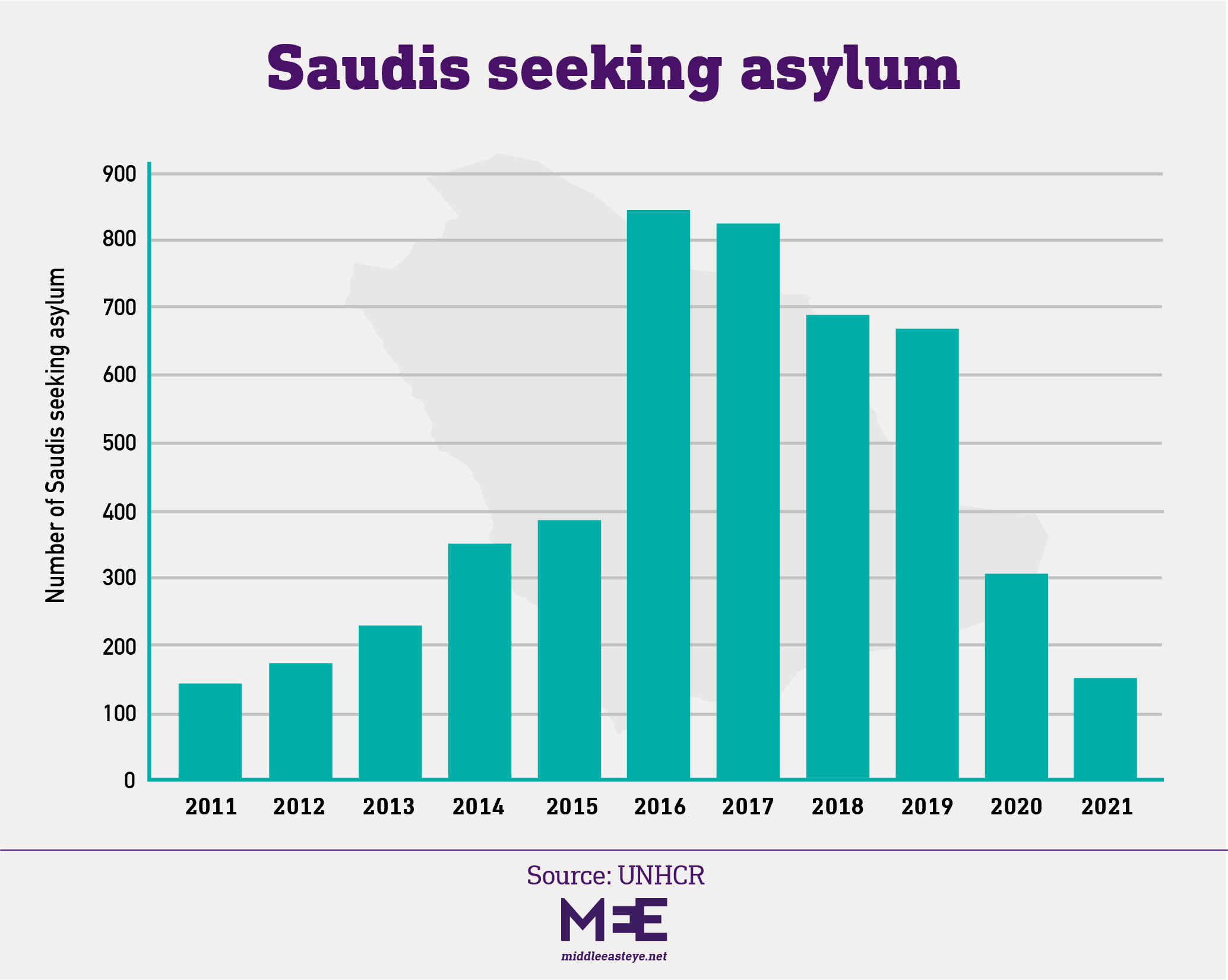Educating Journalists about Canada’s Propaganda System an Eyeopener
Propaganda is to a democracy what the bludgeon is to a totalitarian state.
—Noam Chomsky, Media Control: The Spectacular Achievements of Propaganda, April 1, 1997
Propaganda isn’t a euphemism for how the other side controls information. Nor is it simply about jailing journalists or shuttering media outlets. A serious discussion of the matter must look at the broader forces shaping information dissemination and suppression.
On May 22 I spoke on a panel at the Canadian Association of Journalists conference titled Censorship, Journalism and War. The Ukraine-focused exchange climaxed with journalist Justin Ling asking if I was “ashamed” for having been interviewed by RT. Nope.
The CEO of Ethnic Channels Group, Slava Levin, launched the discussion by describing how broadcasters Rogers, Bell and Shaw summarily removed RT from their networks. As the distributor of RT and many international channels in Canada, Levin pointed out how the decision subverted the regulatory process.
The broadcasters and Liberals indifference to the regulatory process warrants criticism but I sought to drive the discussion away from RT, Russia, China and authoritarian enemies. Even without formal restrictions, the corporate media (and CBC) permit only a narrow spectrum of opinion regarding Canadian foreign policy, as I detail in my 2016 book A Propaganda System: How Government, Corporations, Media and Academia Sell War and Exploitation. Various internal and external factors explain the media’s biased international coverage. Most importantly, a small number of mega corporations own most of Canada’s media and depend on other large corporations for advertising revenue. Less dependent on advertising, CBC relies on government funds and has long been close to the foreign policy establishment. All major media firms rely on easily accessible information, which is largely generated by US wire services, Global Affairs, DND, internationally focused corporations and a bevy of think tanks and academic departments tied to the military, arms industry and corporate elite. Finally, the military, foreign affairs, organized ethnic lobbies and major corporations have the power to punish media that upset them.
In their coverage of Russia’s war with Ukraine/NATO the Canadian media and RT are the mirror image. They are exceedingly one-sided and their divergent reactions to antiwar disrupters highlight the point.
At the panel, I contrasted the Canadian and Russian ‘propaganda systems’ reaction to my March 21 interruption of foreign affairs minister Melanie Joly on Canada’s role in escalating violence in Ukraine, opposing the Minsk peace accord and promoting NATO expansion. With the exception of a short clip by CTV News World, Canadian media outlets that covered Joly’s speech on Ukraine ignored my intervention.
The Russian media treated the intervention differently. They portrayed me as an important author with a number of the top Russian channels inviting me on to comment. Russian media treated my disruption in a similar way to how the North American media covered Marina Ovsyannikova two weeks earlier. After she held a “no war” sign on Russia’s Channel One the western media hailed Ovsyannikova.
I told the audience that the CBC refuses to offer vital context. Just prior to the Russian invasion I wrote about senior CBC military writer Murray Brewster, who published a slew of reports in the proceeding weeks portraying Canada/US positively and Russia negatively while failing to report information he’d previously revealed that undercuts the notion that Canada is on the side of angels in the Ukraine crisis. In 2015 Brewster revealed that the protesters who overthrew elected President Viktor Yanukovych in 2014 were stationed in the Canadian embassy in Kyiv for a week. That year Brewster also reported that Canadian soldiers trained neo-Nazi political forces in Ukraine and in 2008 that Canada pushed Ukraine’s adhesion to NATO against Russian, French and German objections. These measures increased tensions, led to war in the east part of the Ukraine and helped precipitate Russia’s illegal invasion.
In his intervention senior CBC international correspondent Saša Petricic described how in countries with more repressive media climates that an “atmosphere” of self-censorship develops. In response I asked who in the room had heard of the Ottawa Initiative on Haiti?
In 2003 Canadian officials brought together top representatives of the US and French governments to discuss Haiti’s future without inviting anyone from that country’s government. According to the March 15, 2003, issue of L’Actualité (Quebec’s equivalent to Maclean’s), they discussed ousting elected president Jean-Bertrand Aristide, putting Haiti under UN trusteeship and re-creating the disbanded Haitian army. Thirteen months later what was discussed largely transpired yet the dominant media largely ignored the Ottawa Initiative meeting. A Canadian Newsstand search I did in 2016 while writing A Propaganda System found not one single English-language report about the meeting (except for mentions of it by me and two other Haiti solidarity activists in opinion pieces). It wasn’t until 2020 that Radio-Canada’s flagship news program “Enquête” finally reported on the meeting, interviewing the minister responsible for organizing the meeting Denis Paradis.
What type of “atmosphere” exists in the Canadian media that would lead it to ignore this important meeting Haiti solidarity activists raised repeatedly?
I asked the room of 30 journalists if they knew which institution has the largest public relations apparatus in the country. No one answered. The Department of National Defence/Canadian Forces (CF) has the largest PR (propaganda) machine in Canada, employing hundreds of “public relations professionals” to influence the public’s perception of the military. Last fall the military, reported the Ottawa Citizen, established “a new organization that will use propaganda and other techniques to try to influence the attitudes, beliefs and behaviours of Canadians.” Previously the head of CF called for the “weaponization of public affairs”, which proposed a plan to induce positive coverage and deter critical reporting. Journalists producing unflattering stories about the military were to be the target of phone calls to their boss, letters to the editor and other “flack” designed to undercut their credibility in the eyes of readers and their employers.
The editor in chief and executive director of CBC news, Brodie Fenlon, told the room it didn’t matter that DND had the largest PR apparatus in the country since they don’t determine what’s covered. True enough. But historically the public broadcaster’s close ties to the military have made it highly deferential to the CF. According to Mallory Schwartz in War on the Air: CBC-TV and Canada’s Military, 1952-1992, “When CBC-TV produced programs that raised controversial questions about defence policy, the forces or military history, it did so with considerable care. Caution was partly a result of the special relationship between the CBC and those bodies charged with the defence of Canada.” CBC’s ties to DND sometimes translated into formal censorship. After broadcasting The Homeless Ones in 1958 Deputy Federal Civil Defence Co-ordinator Major-General George S. Hatton requested the film’s withdrawal from the NFB Library and the public broadcaster cancelled its planned rebroadcast. Hatton insisted the CBC clear all content on civil defence with his staff.
The public broadcaster’s independence from DND has increased over the years. But since its inception the government has appointed CBC’s board and provided most of its funds.
Another element that helps make sense of Fenlon downplaying the importance of the CF’s PR machine is his (positive) assessment of the institution. But, as I pointed out, the CF is deeply integrated with the biggest purveyor of violence the world has ever seen — US military — and Canada has only fought in one war that could even be argued was morally justifiable. Sudan, South Africa, World War I, Korea, Iraq, Yugoslavia, Afghanistan and Libya were not morally justifiable wars.
Fenlon is, of course, unlikely to have risen to a position of influence within CBC news if he shared my assessment of the Canadian military’s ties to the US Empire.
As I was leaving the room, a young CBC journalist came over to say how much she appreciated my work. She then laughed and said she hoped her boss hadn’t heard her.














